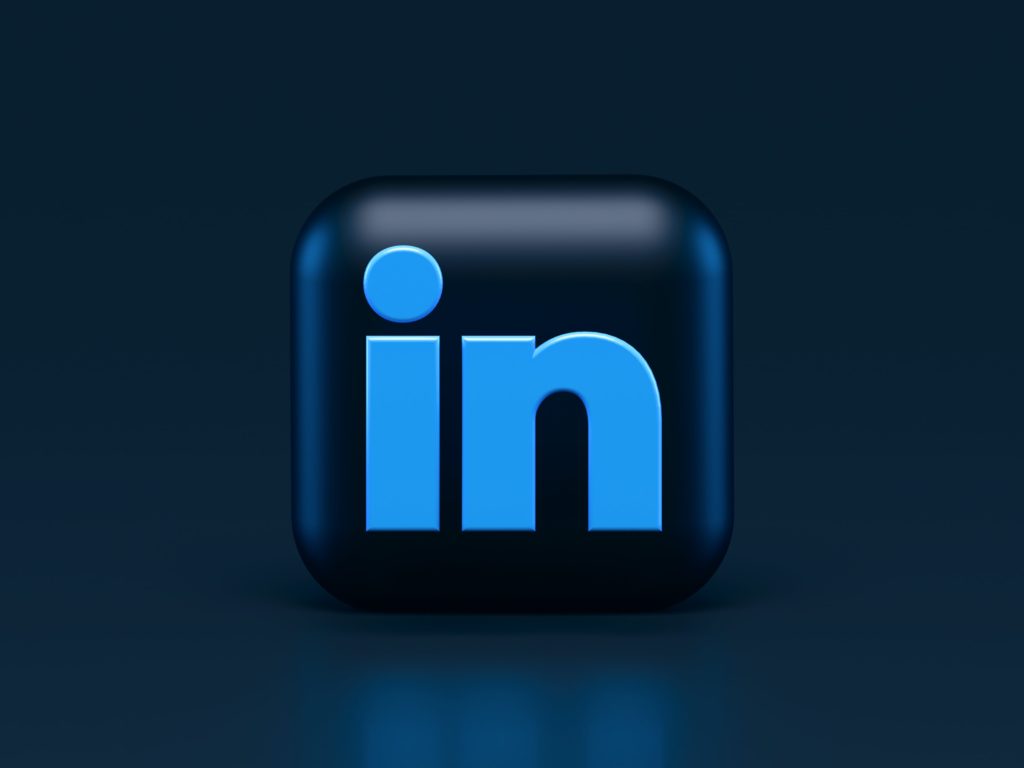LinkedIn is the world’s largest professional social network, and its platform is utilized by over 300 million active users each month for both career development and professional networking. Moreover 40 percent of LinkedIn’s active monthly users are logged in each and every day. Both of those statistics show the platform’s proven effectiveness as a channel for sales professionals.
In my various sales roles, I’ve routinely been prospected by others on LinkedIn, and, as a seller myself, I really don’t mind. In fact, I greatly appreciate the hustle and work ethic of fully utilizing LinkedIn as a prospecting tool.
However, over time, I’ve seen it all on LinkedIn — the good, the bad, and the downright ugly.
Now, I’m both a professional seller and an occasional buyer. As such, I can offer up a perspective from both sides of the buying journey. Below, please find my six tips for successfully capturing prospects’ attention on LinkedIn.
Ensure your LinkedIn profile is picture-perfect
First things first, before you entertain thoughts of reaching out to prospective customers via LinkedIn, you need to ensure your profile is polished and professional. According to recent research, 64% of businesspeople will review the LinkedIn profile of someone they’ve never met before prior to an important business meeting.
Your LinkedIn profile will precede you prior to your first in-person opportunity to make a first impression.
Start with a professional, high-resolution profile photo. Additionally, ensure you list your current position, and describe your professional achievements.
Personally, in most cases, I look at LinkedIn profiles before I ever accept a request to link. How does your LinkedIn profile look? Does it present a professional image of who you are and what you do?
Get personal
You absolutely, positively have to personalize your request to link on LinkedIn. Almost every single one of the connection requests I receive are from people I don’t know. As the old saying attributed to both Oscar Wilde and Will Rogers goes, “You only have one chance to make a first impression,” and when I receive a request to link from a person I don’t know and it’s not personalized to my individual attention, well, I immediately form a negative impression.
That negative impression, of course, is the exact opposite of what the person’s objective was in reaching out to me in the first place. As a recipient of a link request, I view an unpersonalized request to link from a stranger as not only lazy, but incorrectly assumptive that I would entertain the request.
If I don’t know the person sending the request to link and it’s not personalized, I’m simply not accepting it. And, I don’t think I’m alone in that practice.
Keep it short (but sweet)
Most important in personalizing your request to connect on LinkedIn is the brevity of your message. It’s a case where writing less usually communicates more.
Do not start selling in your request to link, or otherwise hint to your newfound connection that you’re going to do so immediately if they should accept your request. Rather, simply state that you’re expanding your network of leaders within your prospect’s role, industry, region and the like, and that you hope to learn from them and add value to the relationship in return.
Better yet, refer to something they have written or posted, or perhaps a webinar they contributed towards. Mention you saw it, and tell your prospect how it impacted you, or share your take on the topic.
If nothing else, mention in your link request that you had previously sent an email their way to their work account, and you simply want to put a “face to the name,” so to speak.
It’s okay to be a little short and ambiguous in your connection requests. Just ensure you write something to stand out from the crowd
Give your relationship a little time
It’s generally a good idea to not pitch a new LinkedIn connection as soon as they accept your link request. Allow your nascent relationship to breathe and grow.
In the meantime, look to add immediate value by sharing content with your new connection, including both content from your own organization as well as curated content that is relevant to roles similar to that of your new connection. In addition to adding value over time, you’re also building awareness in their mind of both you and your organization.
Engage with your prospect’s posts
You should actively engage with your connection’s LinkedIn posts and articles. Like them, and comment on them as relevant and appropriate. Again, with regards to comments you may leave, your goal should be to add value to the digital conversation. However, at the same time, your active engagement continues to build your personal brand and its mindshare with your prospect.
Add LinkedIn Messaging to your sales sequence
While you’ve been connecting with your prospect — and subsequently building your personal brand awareness — on LinkedIn, you’ve undoubtedly sent some introductory emails and maybe even left a voicemail or two. At this point, if your prospect hasn’t responded to your attempts over the phone and through email, start working on your first LinkedIn message to integrate into your sales sequence.
But, do yourself a favor: Don’t overthink it!
Your LinkedIn message can be very similar to the emails you’ve sent previously. However, just like your emails, you need to personalize your LinkedIn message.
Look to call out if they previously worked at a customer account of your company, or have common connections. Furthermore, reference areas of expertise and responsibility from their profile and how your organization helps similar companies solve these challenges.
For example, if my typical buyer persona consists of Demand Generation leaders, and I see on a prospect’s current job description that their responsibilities include driving top-of-funnel leads for the sales team, being at LeanData I might reach out to them with a message like the following:
Hi Jane,
You work hard to drive new leads for your sales reps. How important is lead response time (your speed to lead) to hitting your marketing pipeline and revenue goals?
The State of B2B Lead Management 2022 was just released, and it shares how the fastest growing organizations are effectively orchestrating their customer’s — and future customer’s (leads) — buying journeys into the right hands for follow up.
I thought you might be interested in a different approach to improving your inbound conversion rates through faster and more accurate Lead and Account management.
Are you open to a conversation about getting every lead to the right rep at the right time?
Best,
Rob
Summary
LinkedIn is an important tool for all salespeople, whether you use LinkedIn Sales Navigator or not. When used properly, LinkedIn can be a veritable goldmine for sales prospecting and running outreach campaigns for lead generation.
However, there are a few hard and fast best practices for you to implement, including the six tips, above. Use LinkedIn wisely, and remember the adage, “The harder you work, the luckier you get.”
Happy Selling!









